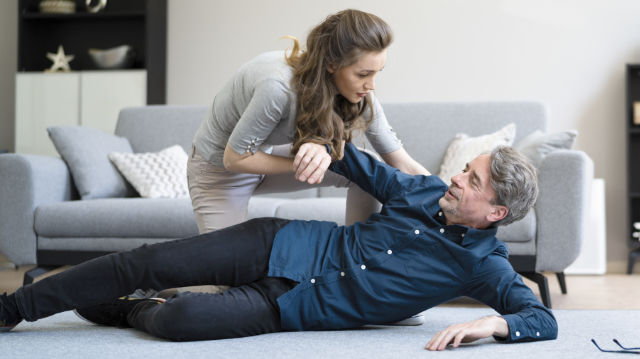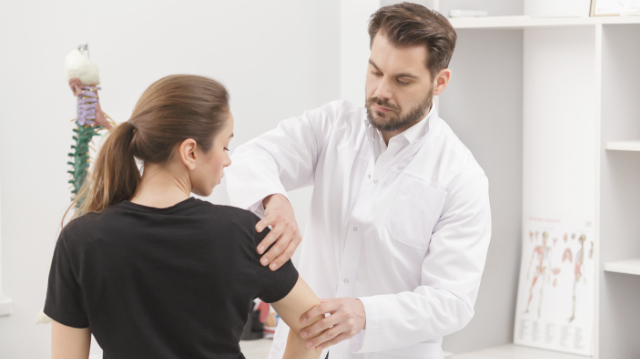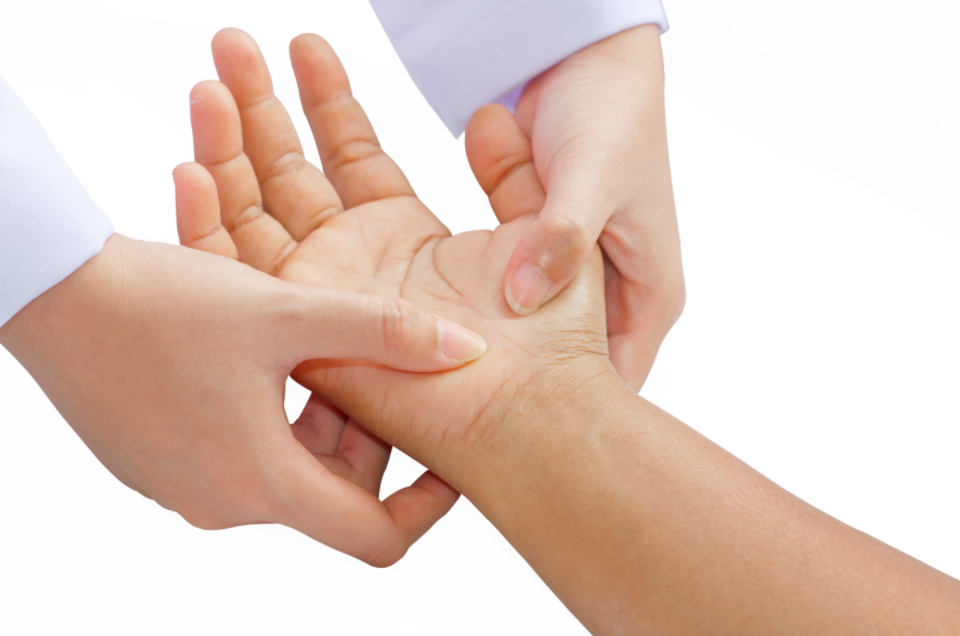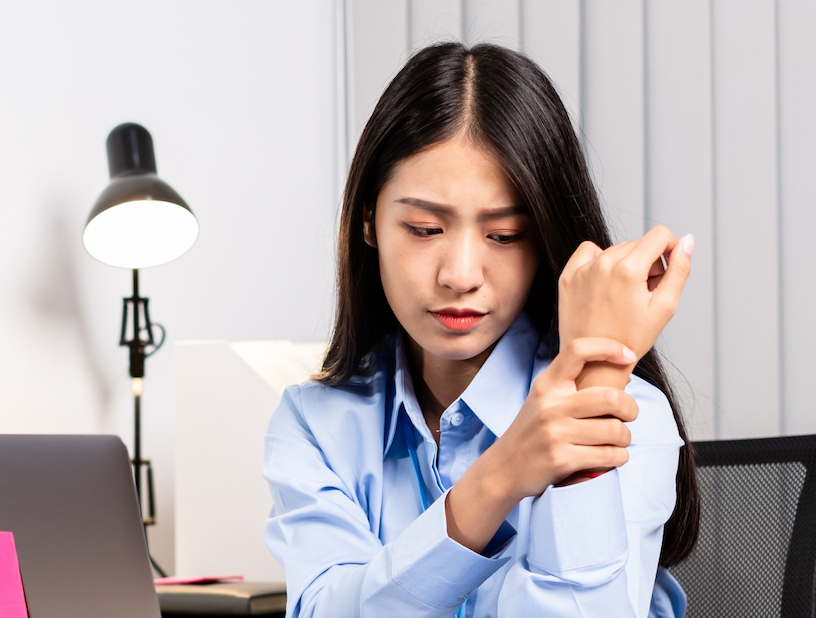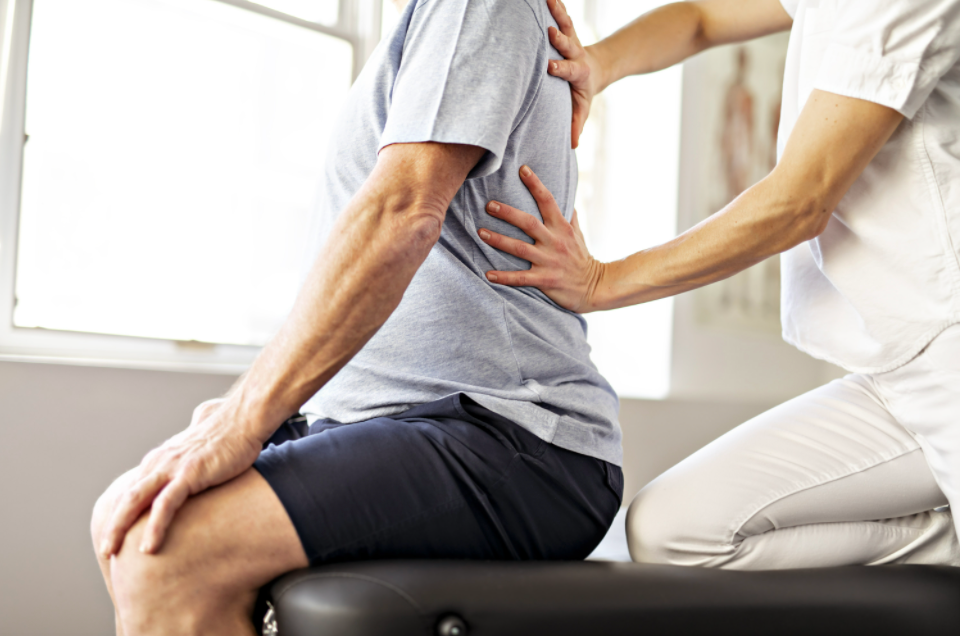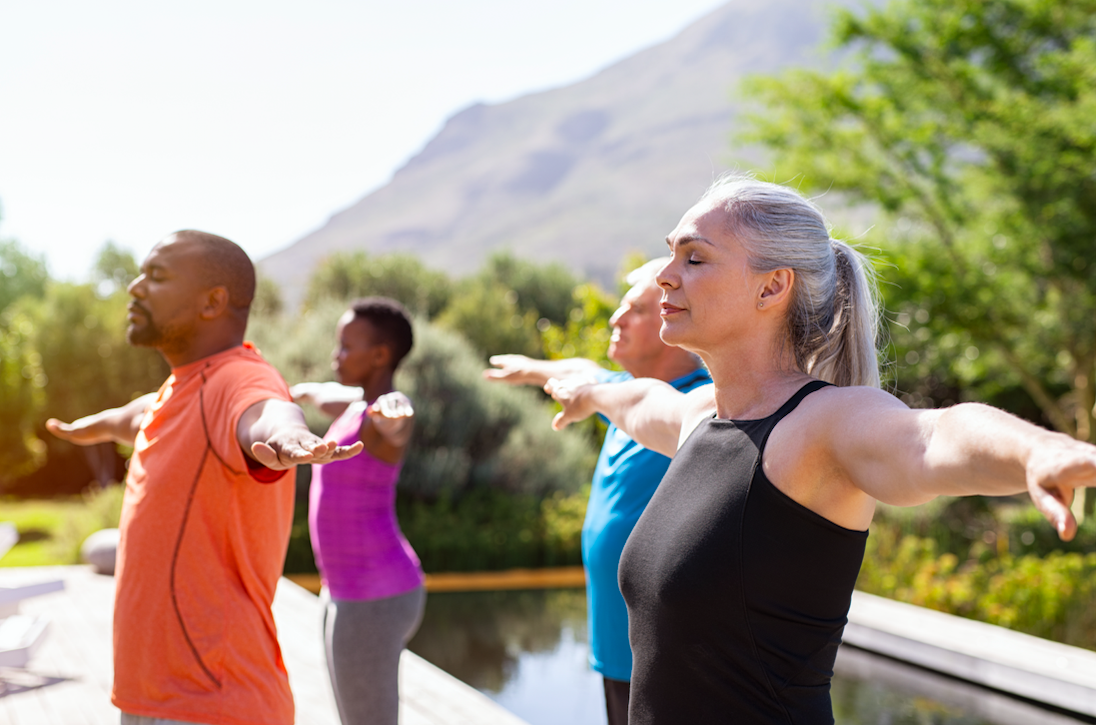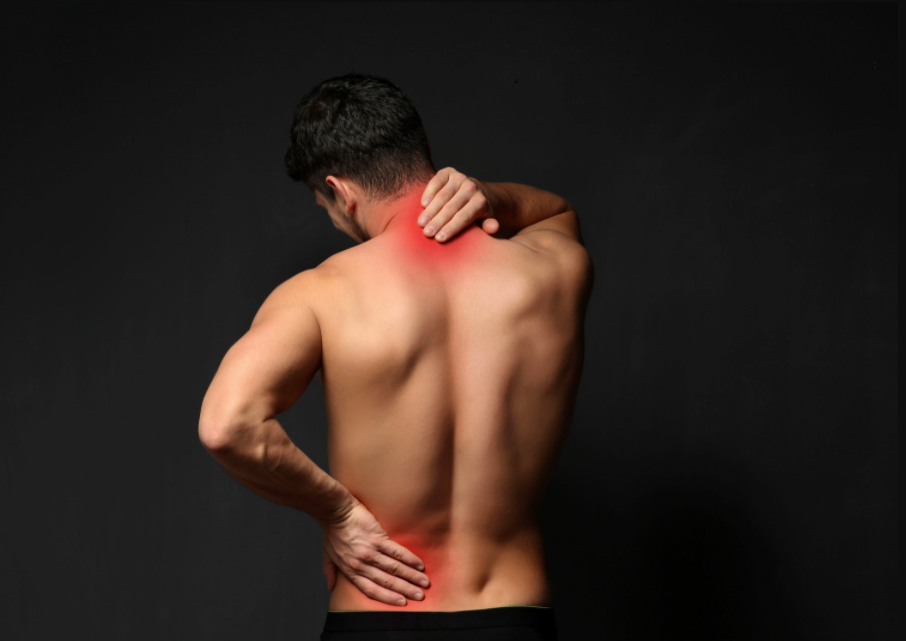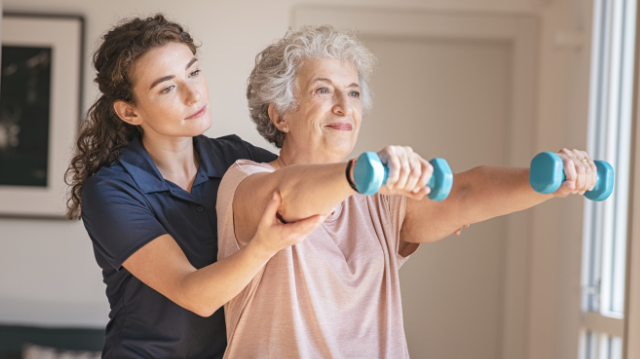
It should be clear by now that falls are a major problem in the elderly community. And as we’ve shown, active, exercise–based prevention programs are one of the most beneficial ways to help at–risk adults avoid falls by improving areas like strength, balance, and flexibility. But in addition to exercise, another important part of any plan designed to reduce the risk for falls should be a strong educational component.
Fall prevention education primarily involves providing information to older adults about why falls are dangerous, what types of risk–prevention services are available, where to access these programs, and what these individuals can expect if they take these measures. When executed properly, this education can lead to several important benefits, such as improving fall prevention awareness, increased self–confidence and self–reliance, and possibly a reduction in the number of falls. And when this education is paired with an exercise–based strategy, the positive effects may be even more substantial.
Evaluating the impact of fall prevention education in community–dwelling adults
Researchers conducted a study to develop a better understanding of the effectiveness of fall prevention education in older adults living in a community setting (eg, a nursing homes and long–stay hospitals) who were referred to or were attending physical therapy. Physical therapists screened potential candidates for balance, gait, strength, and coordination and determined that eight of these patients fit the necessary criteria to be included in the study.
Accepted participants first completed a questionnaire that provided a baseline picture of their knowledge regarding fall risk factors, and their educational needs were determined based on the scores of this questionnaire, their independent level of functioning, and other health conditions present. These patients then participated in the first educational session, which summarized the definition of a fall, the prevalence of falls, potential complications of falls, and the most common risk factors associated with falling, with a particular focus on the risk factors that were relevant to each person according to their baseline measurements.
Patients were also given a resource booklet that included information on resources available for fall risk prevention, common myths associated with falls, and a toolkit for preventing falls. Later, a second educational session was administered that highlighted all the fall risks identified for each patient and the appropriate fall–prevention strategies that were to be implemented. Finally, all patients were called 30 and 60 days later to complete a follow–up questionnaire regarding their current knowledge of falls and the incidence of any falls during that period.
Overall, results at the two follow–ups showed that patients’ knowledge of falls and fall risk improved, with a 50% increase in awareness about medications that could contribute to fall risk. In addition, patients identified numerous strategies that they could implement to reduce their fall risk, with 62% of patients stating that they were motivated to implement a home intervention strategy and 54% having made lifestyle changes based on their strategies. All participants believed that they would benefit from and could participate in balance and strengthening exercise programs, and six participants had their eyes examined within the last year.
Lastly, no patients experienced a fall in the 30 days after the last educational session, and only 1 patient suffered from a fall by the 60–day follow–up, which did not lead to any injuries. For comparison, four patients had fallen in the prior two years and two had fallen in the 12 months before the study began.
Although this study was small, its findings demonstrate that simply attending two educational sessions can improve knowledge and awareness on fall risk, lead to the implementation of fall–prevention strategies at home and may reduce the number of falls and fall risk factors for community–dwelling older adults. Thus, at–risk adults are encouraged to participate in these types of educational programs, coupled with personalized exercise–based interventions, which can have a significant impact on fall risk moving in this population.
In our last post, we’ll answer some additional questions about fall prevention strategies.

